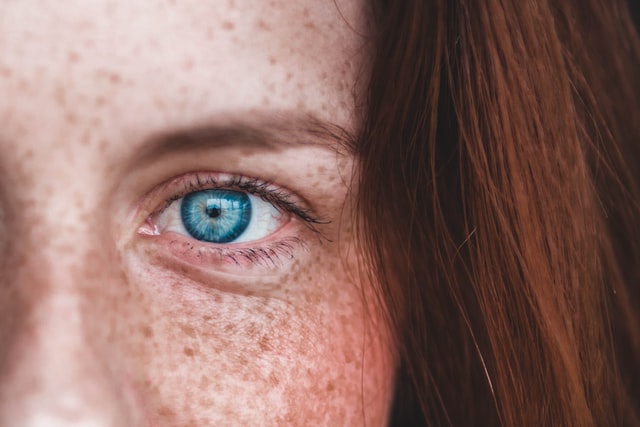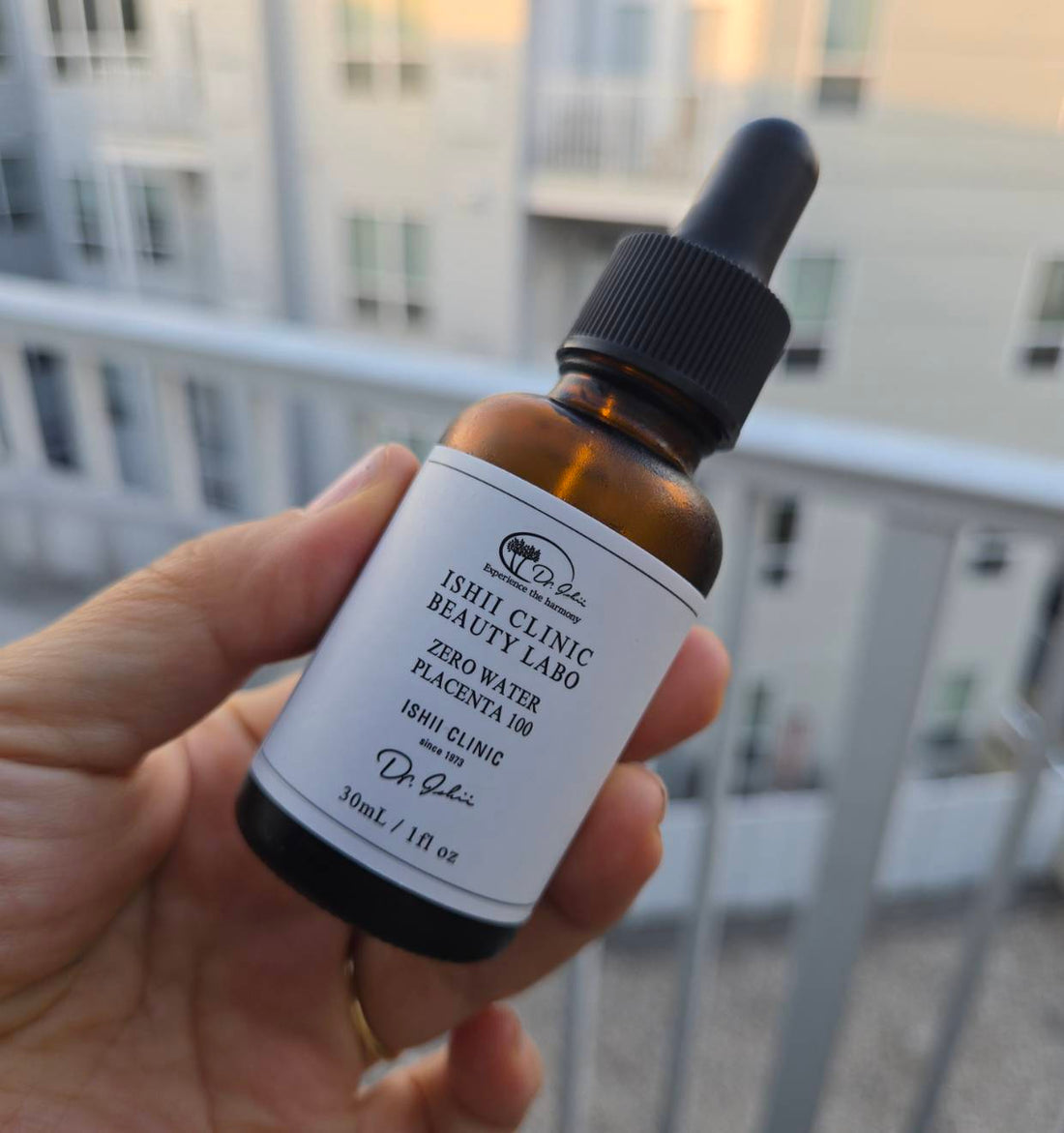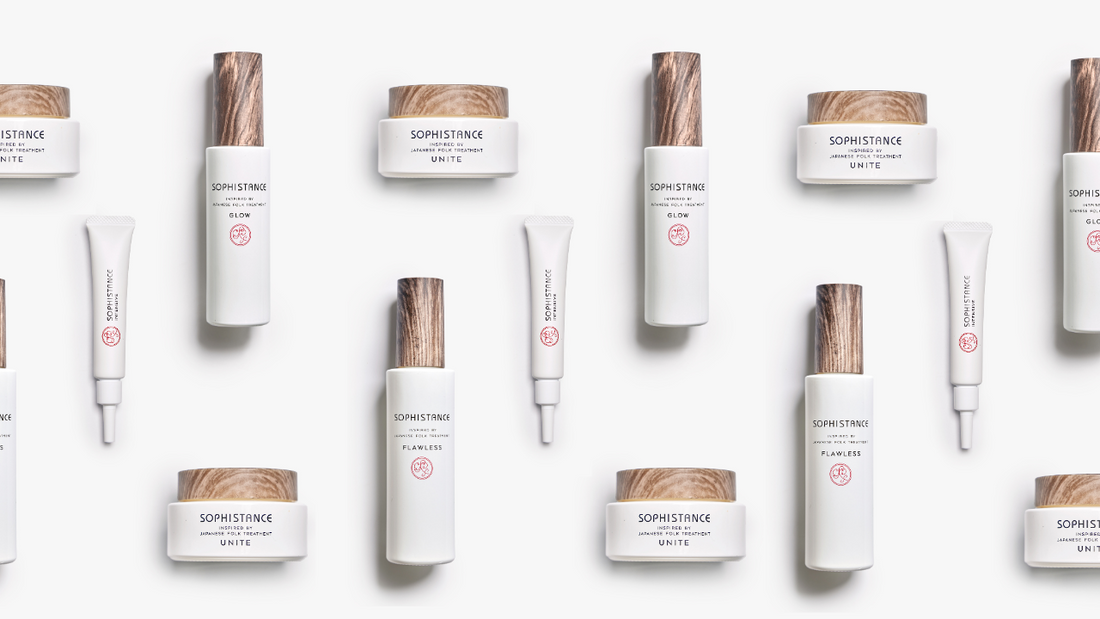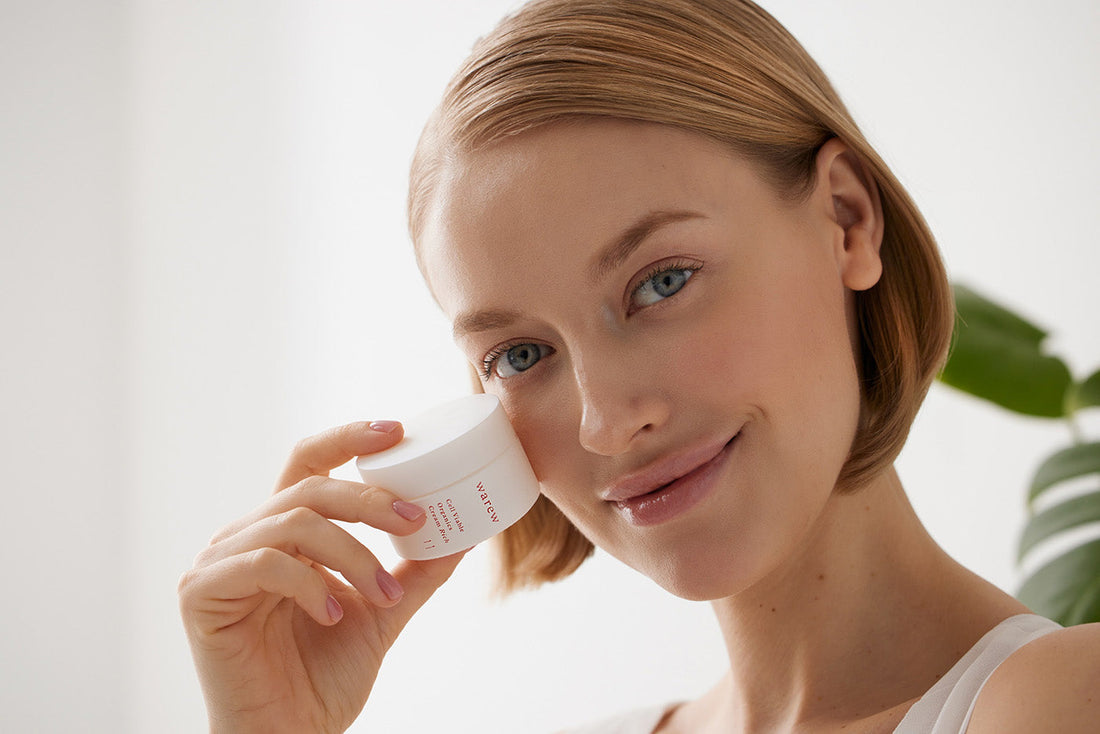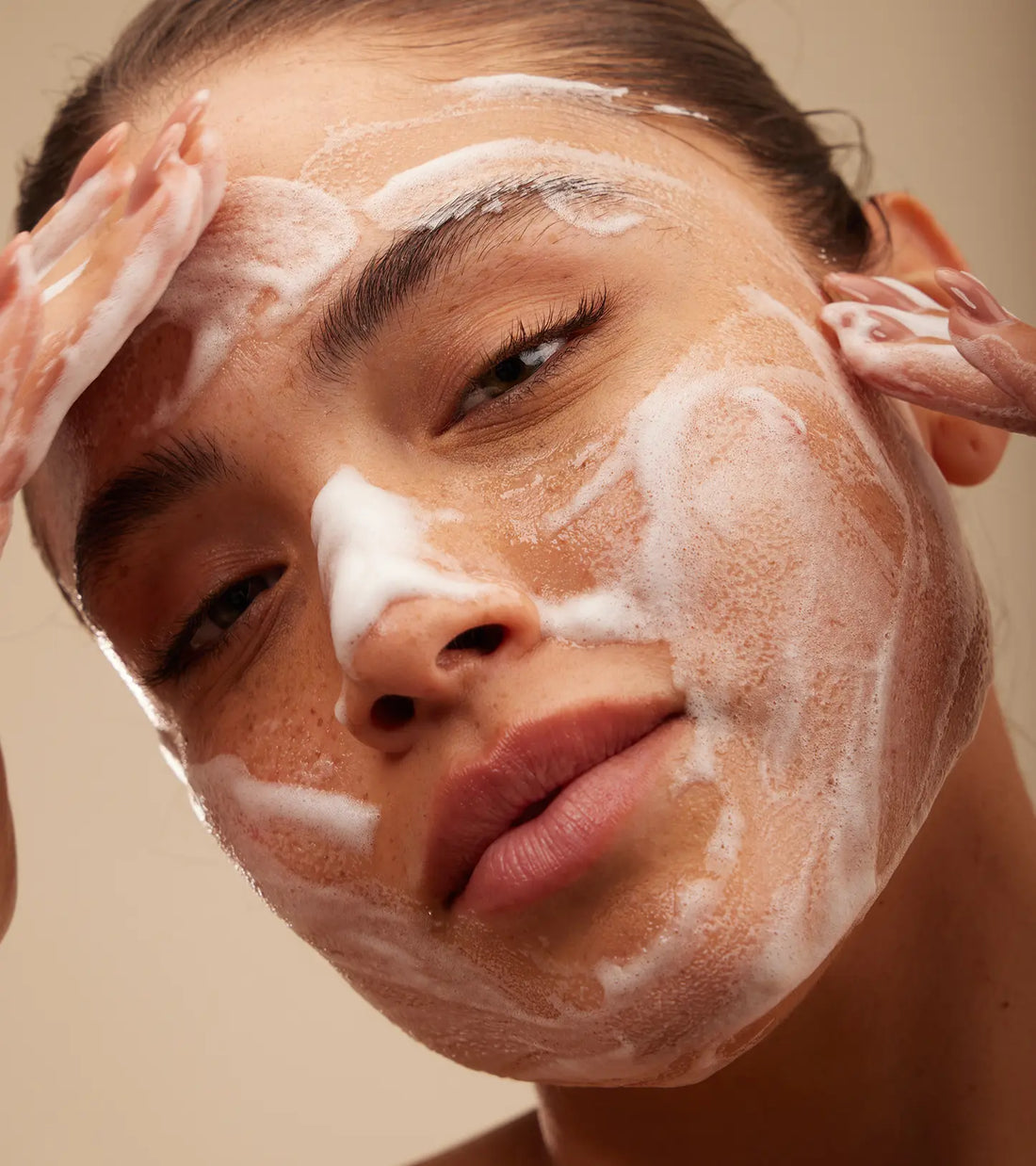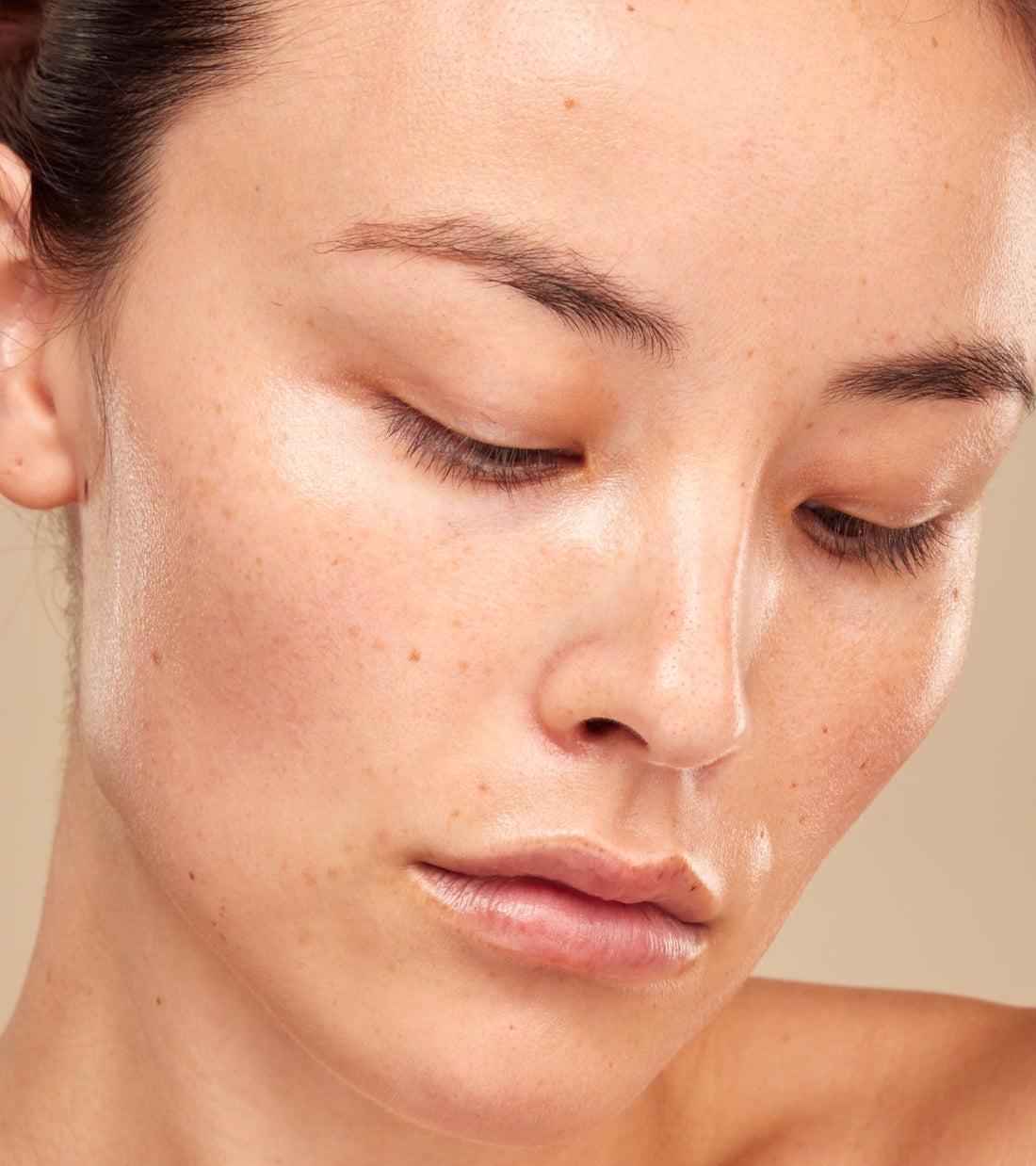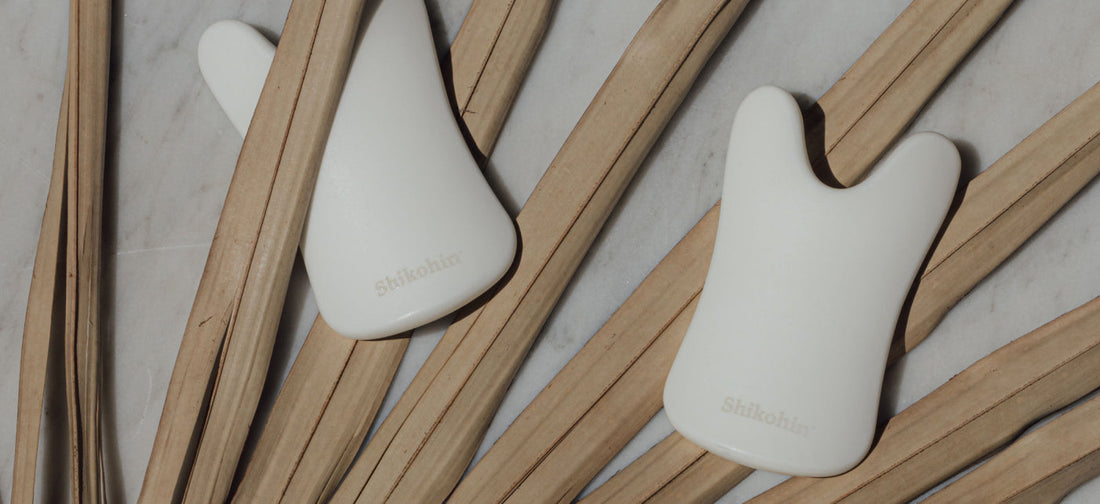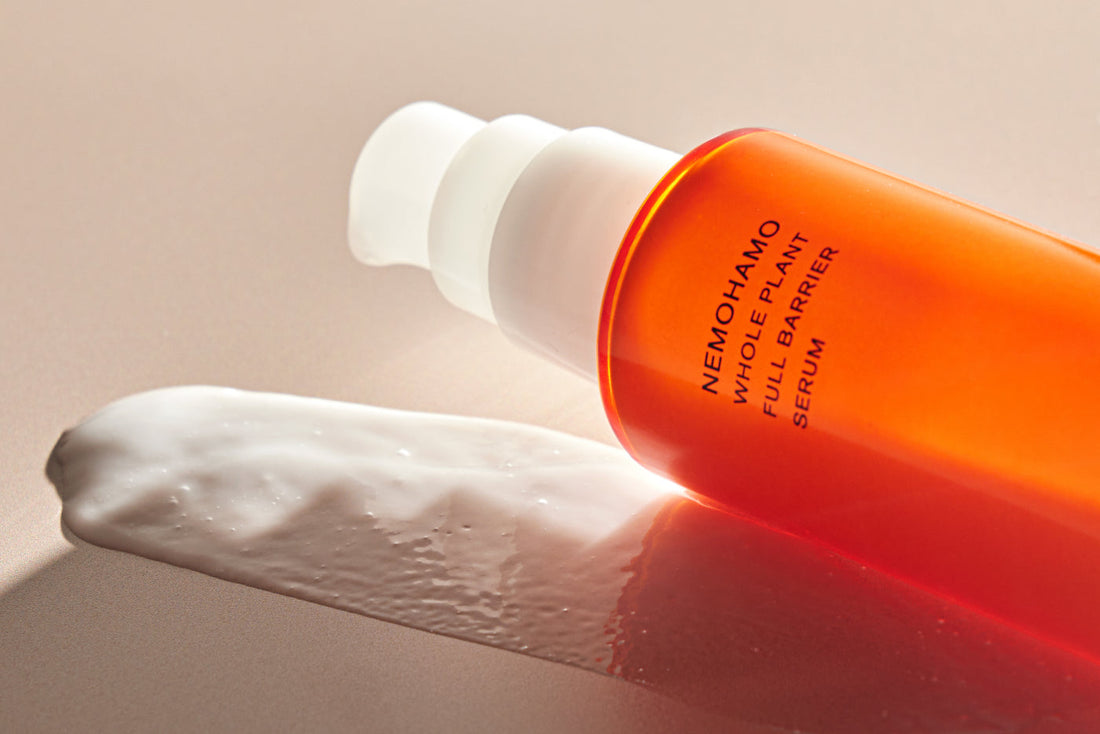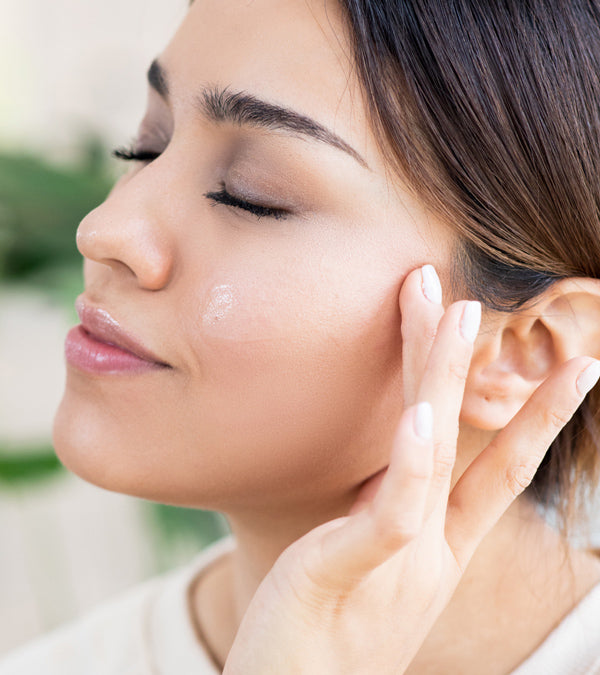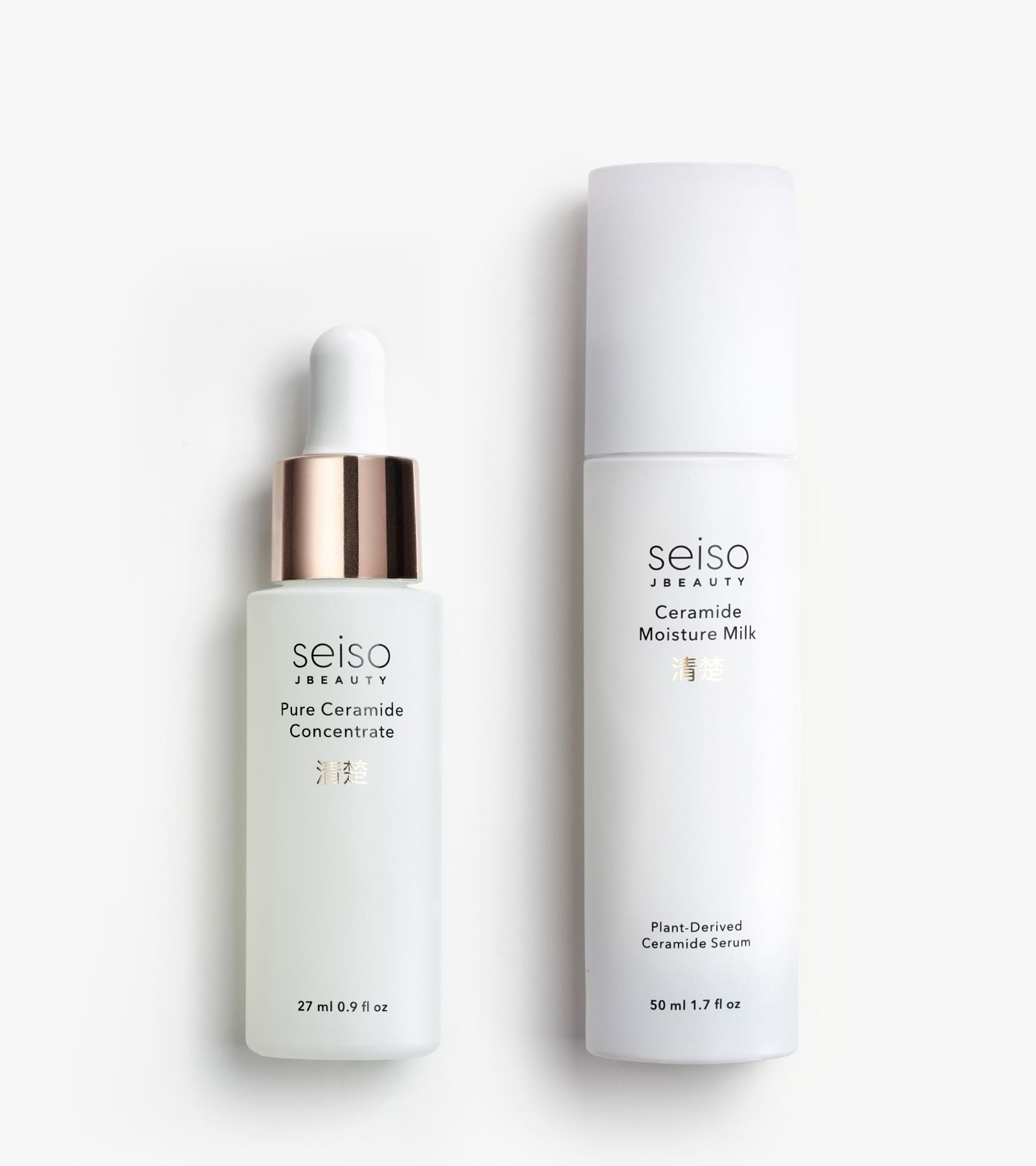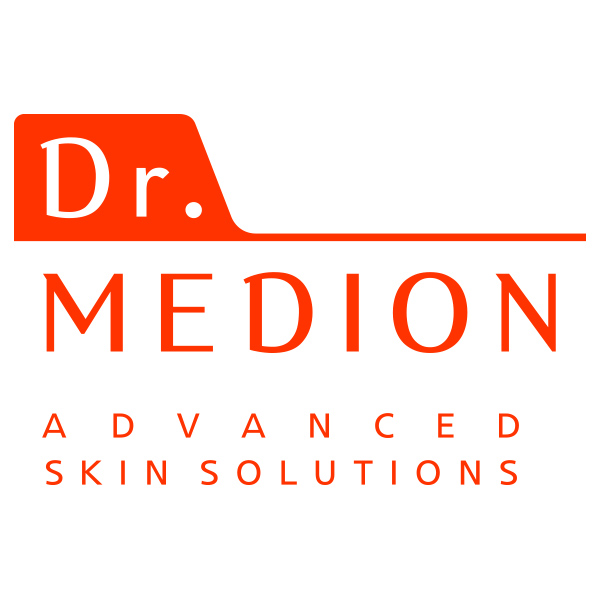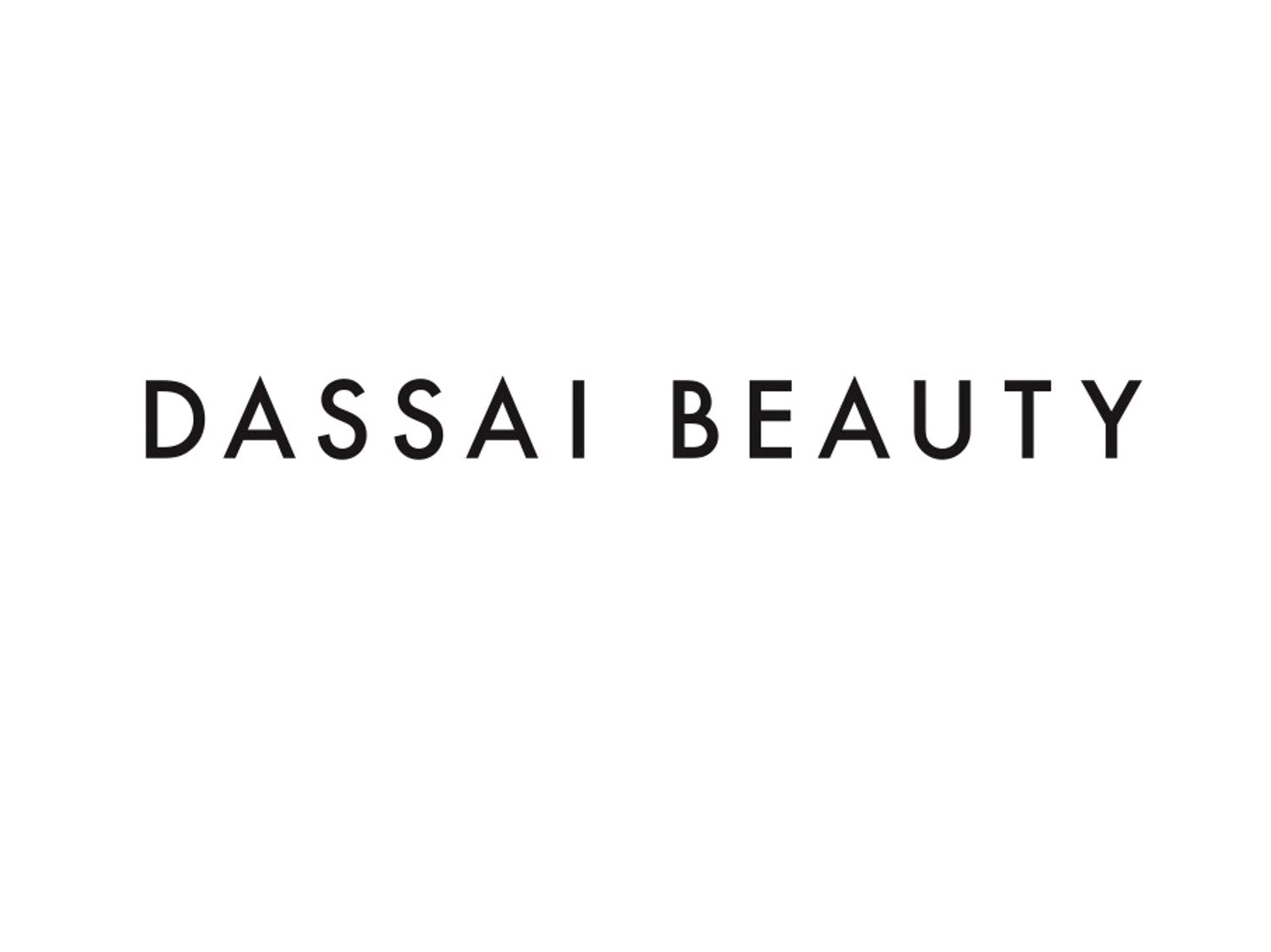Summer is upon us, which means longer days, warmer nights, and lots of opportunities to bask in the sunny splendor of outdoor celebrations. But for people who struggle with hyperpigmentation, the prospect of spending more time exposed to spot-inducing sunlight can leave them feeling cold with dread. Some people may be relieved that they can stay at home and spend less time outside, but even with the curtains closed, about 80% of UVA can enter the room.
Hyperpigmentation is an all-inclusive term that refers to the darkening or discoloration of skin. It typically presents as flat, dark spots or patches that make your skin tone look uneven, and most often affects areas that are prone to sun exposure, like the face, neck, and decolletage. “Since there are different types of dark spots associated with hyperpigmentation, treatment differs depending on whether abnormalities exist in the dermis or epidermis,” Dr. KONNO, renowned plastic surgeon and director of the Ishii Clinic. “However, many instances of dark spots or uneven skin tone stem from a mixture of multiple skin issues.”
| Melasma | Freckles | Senile Pigment Spots | Seborrheic Keratosis | Nevus of Ota | ADM | |
| Skin Layer | Epidermis | Epidermis | Epidermis | Epidermis | Dermis | Dermis |
| Types | Chronic inflammation | Ephelis | Solar Keratosis (solar Comedones) | Amphoteric tumor |
Blue bruise | Bruise |
| Color | Light brown | Light brown | Brown or black | Brown, blackish brown or colorless | Blue | Color changes from brown to gray to blue |
| Cause | Aging, UV, hormonal imbalance, friction | Congenital, UV, friction | Aging, UV | Aging, UV | Congenital | Various theories (Hereditary, UV, hormonal imbalances) |
Melasma
Most commonly seen in women in their 30s and 40s, these spots are caused by hormonal imbalances that increase the activity of melanocytes and cause excessive melanin production. Melasma typically appears as a symmetrical discoloration on the face with a clear boundary against the normal skin tone. This discoloration is worsened by UV rays (which is why it can be more pronounced in the summer), but is also aggravated by hormonal changes (after pregnancy, for example), overexertion, stress, and medications that affect hormonal balance.
Freckles
A result of genetic predisposition for excessive melanin production, freckles usually appear around the age of five and increase in number with age. While the tone may change (often becoming darker and more prominent with puberty and fading slightly after one’s 20s), freckles are affected by UV rays and aggravated by sunburn.Senile Pigment Spots
When our skin ages, the function of keratinocytes (epidermal cells) is diminished, leading to melanin being stored in the epidermis due to increased melanin production and decreased epidermal turnover. Despite what “senile” suggests, these dark spots can appear in anyone whose skin is frequently exposed to the sun. Typically appearing as small, flat, round or oval light brown spots, they can gradually become larger and darker in color or may co-present with seborrheic keratosis if 2-3 cm in size and raised.Seborrheic Keratosis
Similar to senile pigmentation, seborrheic keratosis can appear anywhere on the body and is linked to diminished keratinocyte function due to aging. As epidermal turnover decreases, old keratinocytes are deposited and the thickness of the epidermis increases causing slightly raised blemishes or protrusions that can vary in appearance from black, brown, reddish, or skin-colored.Nevus of Ota and Acquired Dermal Melanocytosis (ADM)
While most hyperpigmentation is caused by an increase of melanin in the epidermis, Nevus of Ota (and the much rarer phenomenon Acquired Dermal Melanocytosis) is marked by increased melanocyte activity in the dermis. Presenting as a bluish-black birthmark, melanocytic nevi can be classified as early onset (present at birth and becoming darker with age) or late onset (appearing after puberty). These types of hyperpigmentation are more common in Asian ethnicities, and can sometimes be mistaken for dark circles if presenting near the eyes.
Common Causes for Dark Spots On Your Face

The dark spots that characterize hyperpigmentation are all caused by increased melanin production in skin. Melanin, which is responsible for our hair, eye, and skin color, is a natural brown pigment synthesized by special skin cells called melanocytes. Dr. KONNO notes that while increased melanin production is nearly always triggered or exacerbated by sun exposure, the root causes of hyperpigmentation and the appearance of dark spots can vary. Here are five of the most common:
- Sun damage: Melanin production is a direct response to sunlight. In fact, UV radiation is the most significant factor influencing skin pigmentation. When your skin is exposed to harmful UV rays, your body attempts to protect the sensitive dermis by activating the melanocytes in your epidermis to generate a dark pigment. Over time, repeated sun exposure can cause areas of irregular pigmentation to increase, leading to uneven skin tone and “liver spots” or “age spots”.
- Aging: Even if you’re not familiar with the term “hyperpigmentation”, most of us have heard of “liver spots” or “age spots” at some point in our lives. These types of dark spots are called solar lentigines, and the sun (as “solar” suggests) is the main instigator for their appearance and frequency. However, age is also a contributing factor. The reason is that as you age, your epidermis becomes thinner and the number of melanocytes decreases while all the remaining melanocytes increase in size. Because skin is more translucent, areas that have been exposed to the sun become more noticeable. Fair skin, frequent sun exposure, frequent tanning bed use, and being over the age of 40 can all contribute to age-related dark spots.
- Genetics: While pigmentation might seem like the most outward distinction between people of different ethnicities, there are even structural genetic differences that determine how the melanin in our skin affects photoaging (premature aging of the skin due to UV exposure). For example, while Caucasian skin is more prone to sun damage due to lower melanin content, it is less likely to experience dark spots or staining after becoming red and inflamed even when exposed to UV rays. On the other hand, darker skin, with higher melanin content and better photoprotection, can be prone to more instances of hyperpigmentation. Regardless of ethnic group, active application of sunscreen (on your face as well as body and decolletage) is vital to preventing dark spots.
- Blemish scarring: Also known as post-inflammatory hyperpigmentation, this type of dark spot occurs when blemishes become inflamed and skin produces too much melanin during the healing process. The melanin remains even after inflammation has subsided and the blemish has healed. Like most instances of hyperpigmentation, blemish scarring can be exacerbated by sun exposure, though controlling outbreaks is the first step to breaking the cycle of blemish-related discoloration.
- Hormonal changes: Melasma (or chloasma) is a type of hyperpigmentation whose root causes are not fully understood. Frequently diagnosed in pregnant women or those taking oral contraceptives and other hormone replacement therapies, it is thought that melasma is triggered by hormonal changes in combination with genetic predisposition. When exposed to UV light, melanocytes are stimulated to produce the melanin which develops into melasma. Even a small amount of sun exposure can cause previously faded melasma patches to reemerge.
According to Dr. KONNO, determining the cause of your hyperpigmentation is key to ensuring a treatment plan doesn’t make it worse. “Since chloasma may be aggravated by laser treatment,” notes Dr. KONNO, “in the case of mixed symptoms with chloasma, treat the chloasma first.”
Japanese Beauty Ingredients for Correcting Dark Spots

Modern day research shows that hyperpigmentation develops earlier and is often more pronounced in Asian skin. It only makes sense that their centuries of knowledge about natural Japanese ingredients and remedies for hyperpigmentation would serve at the forefront of skincare advancements in the form of J-Beauty today. Although these ingredients provide a broad range of benefits for all skin types and issues, these four are the most effective solutions for dark spots:
Vitamin C
Also known as ascorbic acid or L-ascorbic acid, vitamin C is an essential nutrient that our body needs to function on a cellular level. Not only does it increase germ-fighting antibodies, it also helps lower blood pressure, regulate hormone activation, and more. In terms of skin, vitamin C is necessary for collagen biosynthesis (which enables wound healing) and protects against oxidative damage. Applied topically, vitamin C binds to melanin, resulting in a reduction of the melanin production that leads to dark spots. As effective as it is, however, vitamin C is notoriously unstable in this form: it easily oxidizes when exposed to air, is less active when dissolved in water, and is not easily absorbed by skin—all of which can inhibit its effectiveness in many skincare formulations.
Vitamin C Derivatives
In an effort to bypass the inherent instability of vitamin C and make it more available for skincare solutions, science has unlocked the power of vitamin C derivatives. Vitamin C derivatives (also known as provitamin C) are ingredients that more easily penetrate the skin and are converted to vitamin C through enzymatic reactions—providing all the beneficial effects of pure vitamin C while extending the viability and stability.
There are three types of vitamin C derivatives: water-soluble, fat-soluble, and advanced. Water-soluble vitamin C derivatives are easily absorbed into the skin, which makes them fast-acting. Effective on epidermis. In general, water-soluble vitamin C derivatives have the effect of suppressing sebum, which is recommended for teens and those in their early 20s who have red blemish concerns. Fat-soluble vitamin C derivatives have been blended with oil to increase their penetrative ability, enabling them to work for longer. Effective on dermis. In general, fat-soluble vitamin C derivatives are effective for adults with blemishes. The texture may feel sticky. Advanced (aka amphiphilic) vitamin C derivatives are both water-soluble and fat-soluble, and are known for their penetrating power and longevity. Apps is one game-changing vitamin C derivative that can be found in Shikо̄ curated products. A unique vitamin C derivative that has 100 times more skin penetration power than vitamin C, Apps efficiently delivers ascorbic acid to both the epidermis and dermis. This superior penetrative power imparts potent anti-aging, pore-reducing, and brightening capabilities to many J-Beauty formulations, without the volatility of pure vitamin C.
Fullerenes
Fullerenes are carbon molecules with unique structures that have all kinds of industrial and scientific applications. In skincare, fullerene is a powerful antioxidant that can scavenge free radicals—one of the main triggers of aging and hyperpigmentation issues. Fullerene has 250 times more antioxidative power than vitamin C, and remains stable to light and heat, making it an ideal ingredient to help extend the shelf-life of skincare products.
Plant Extracts
Flavonoids, yeast derivatives, licorice, aloesin, polyphenols—these are just some of the plant-derived ingredients that are often found in J-Beauty to naturally combat the effects of aging and hyperpigmentation. While each type of plant extract may provide a specific molecular pathway to preventing or reducing dark spots, most are effective in their ability to inhibit melanin synthesis and fight hyperpigmentation at the source. Abutin, for example, is a natural bearberry extract that blocks tyrosinase production in melanocytes and naturally lightens and brightens skin.
While these ingredients are effective ways to lessen the appearance of dark spots and improve overall skin condition, Dr. KONNO also indicates that the most fundamental course of action for any type of hyperpigmentation is a generous and consistent application of sunscreen, even on days when you don’t plan to be outside. “Regardless of your ethnic group or other genetic predisposition for hyperpigmentation it is very important to treat your skin issues appropriately and apply sunscreen,” she explains, adding, “not only to your face but also your body and especially the decolletage, which is an often sun-exposed area we tend to forget about that frequently experiences issues with dark spots.”
Our Japanese Dark Spot Correctors
DR. ISHII Full APP Serum

DR. ISHII Pre Essence C

Formulated with: Glyceryl ascorbic acid
Boasting 11 meticulously selected plant extract, this pre-essence uses the water-soluble vitamin C derivative Glyceryl ascorbic acid (which is three times as effective as normal grade ascorbic acid) to reduce dullness and prep your skin by providing gentle, lasting moisture while inhibiting sebum production and smoothing overall tone and complexion.
- Product Highlights: It has the effect of softening the keratin, so you can also use as a booster serum as well as promoting sebum for people with dry skin or suppressing sebum for people with oily skin.
- Recommended For: People who have troubled skin.
Perfect Your Skincare Routine

While dark spots are oftentimes an inevitable part of moving through life and getting older, they can certainly worsen if ignored or left untreated. The key to keeping hyperpigmentation under control is a simple, daily regimen that prioritizes prevention and thoughtful maintenance:
- Use a gentle, hydrating cleanser that preps your skin for the rest of your routine
- After cleansing, use a vitamin C serum that delivers nourishment without drying skin
- Apply a lightweight moisturizer to lock in essential hydration
- Last but not least, protect your skin with a broad spectrum sunscreen (at least 30 spf) and reapply as needed throughout the day, especially if you’re sweating or swimming
It is important to not only stay attuned to your skin’s needs, but also be mindful about delivering essential nutrients in the most nourishing and effective ways. When you think of your daily routine as a way to pamper yourself and rejuvenate your skin, it becomes less of a chore and more a treat—one that helps to ensure that your skin is its best and brightest every day.
Try Our Japanese Dark Spot Treatments
- In the spirit of summertime fun and freedom, it’s time for those who struggle with dark spots to reclaim their place in the sun with the help of J-Beauty. Because of their broad benefits for skin, dark spot-reducing ingredients can be found as foundational components of many J-Beauty solutions—even those not specifically formulated for solving dark spots (such as cleansers and moisturizers that are suitable for all skin types). This means finding Japanese products for hyperpigmentation and working them into a sustainable routine is easier than ever. And it also means that reclaiming youthful, glowing skin is within reach this summer and all year long.
- To shop our recommendations for Japanese dark spot correctors, check out the link below.


